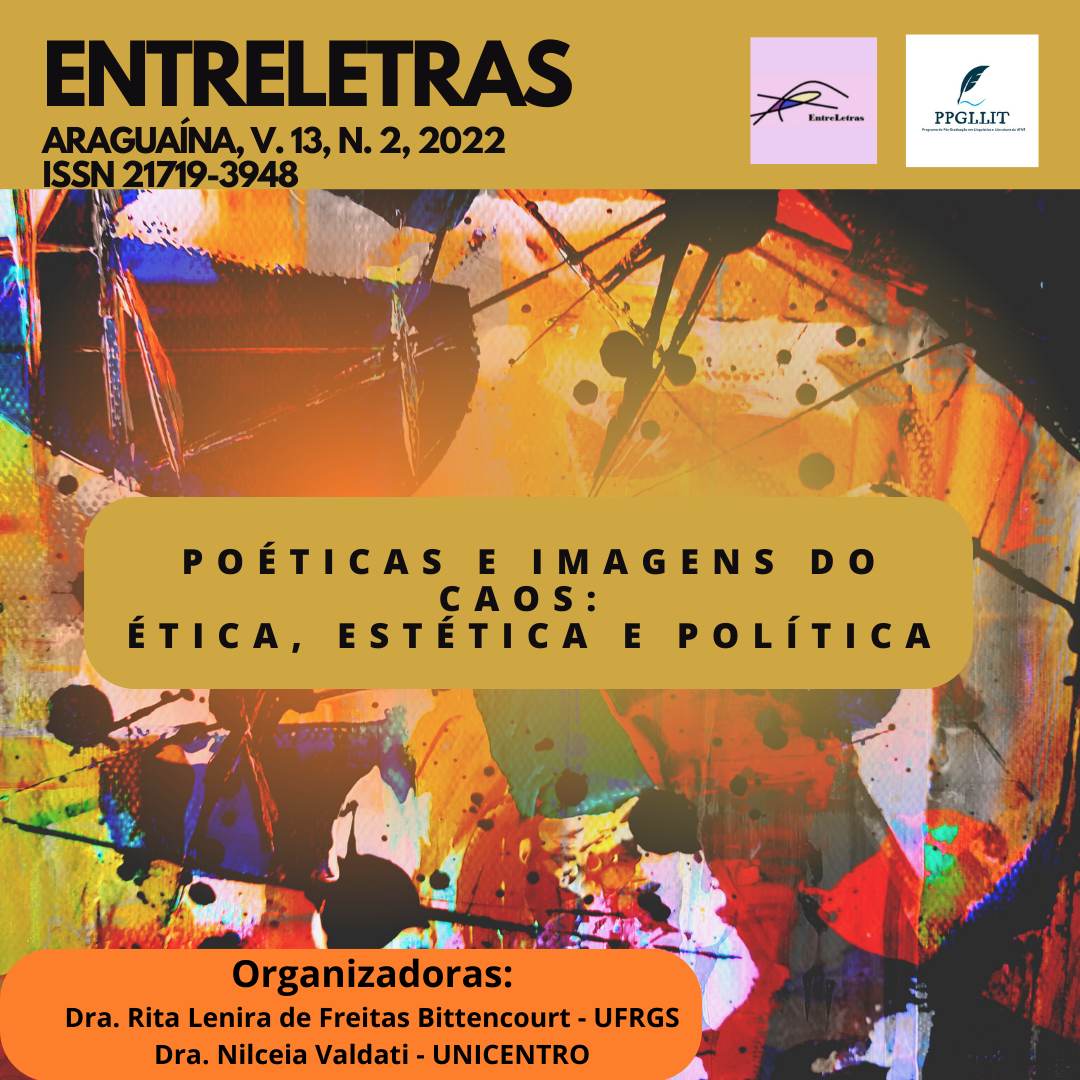THE FILM NECROFOBIA (2014) AS A REPRESENTATION OF MODERN ARGENTINE CYNICISM
DOI:
https://doi.org/10.20873/uft2179-3948.2022v13n2p112-127Keywords:
False consciousness, Existentialism, Movie theater, Latin AmericaAbstract
This article provides an understanding of the existing associations between the narrative of the Argentine cinematographic work Necrofobia (2014) and the structure of modern cynicism, according to Peter Sloterdijk (1987), in order to analyze how the film in question works its artistic horror narrative for the construction of the representation of real social horror. From the analysis of cinema as a form of reflection of society, worked by Siegfried Kracauer (1985), the text takes the narrative of the audiovisual work to explore the relationship between the modern cynicism that entered Latin American society and the fascist ideology that articulates in the narrative arc of the protagonist of the work.
Downloads
References
KRACAUER, Siegfried. From Caligari to Hitler. A Psychological History of the German Film. Traducción de Héctor Grossi. Espada Libros, S. L. U., Avda. Diadonal, 662-664. 08034 Barcelona, 1985.
NECROFOBIA. Direção: Daniel de la Vega. Produção: Daniel de la Vega e Néstor Sánchez. 75 min, cor. Argentina, 2014.
SARTRE, Jean-Paul. O Existencialismo é um Humanismo. Tradutora: Rita Correia Guedes. Fonte: L’Existentialisme est um Humanisme, Les Éditions Nagel, Paris, 1970.
SLOTERDIJK, Peter. Critique of Cynical Reason (Theory and History of Literature). Vol. 40. Published by the University of Minnesota Press 111 Third Avenue South, Suite 290, Minneapolis, MN 55401-2520, 1987.
Downloads
Published
How to Cite
Issue
Section
License
Copyright (c) 2022 EntreLetras

This work is licensed under a Creative Commons Attribution 4.0 International License.
Os autores mantêm os direitos autorais e concedem à revista o direito de primeira publicação, com o trabalho simultaneamente licenciado sob a Creative Commons 4.0 que permite o compartilhamento do trabalho com reconhecimento da autoria do trabalho e publicação inicial nesta revista.
Os autores têm autorização para assumir contratos adicionais separadamente, para distribuição não-exclusiva da versão do trabalho publicada nesta revista (ex.: publicar em repositório institucional ou como capítulo de livro), com reconhecimento de autoria e publicação inicial nesta revista.










